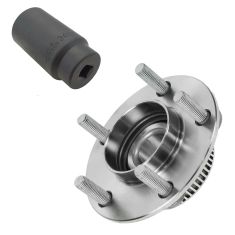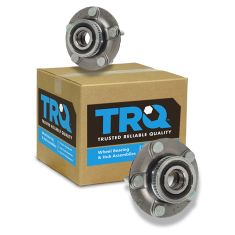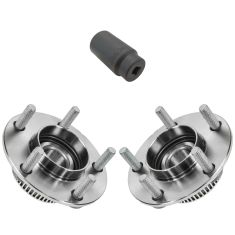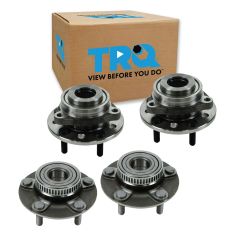1ASHR00035-Dodge Chrysler Eagle Rear Wheel Bearing & Hub Assembly TRQ BHA54181
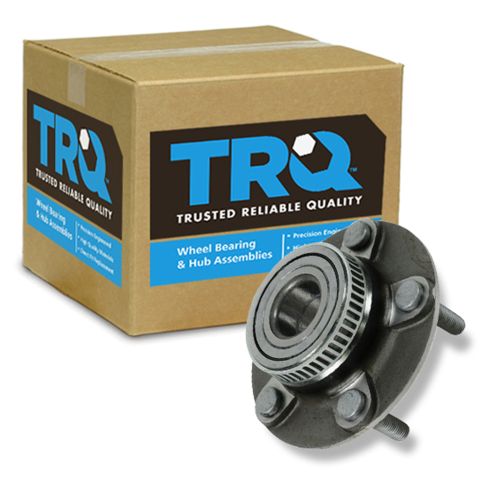
Replaces
1998 Chrysler Concorde Rear Passenger Side Wheel Bearing & Hub Assembly TRQ BHA54181

Product Reviews
Loading reviews
There are no reviews for this item.
Customer Q&A
No questions have been asked about this item.
Chrysler is a registered trademark of FCA US LLC. 1A Auto is not affiliated with or sponsored by Chrysler or FCA US LLC.
See all trademarks.







